It’s High Time We De-Normalised Using Dharmic Religions Solely For Their Aesthetic & Surface Values
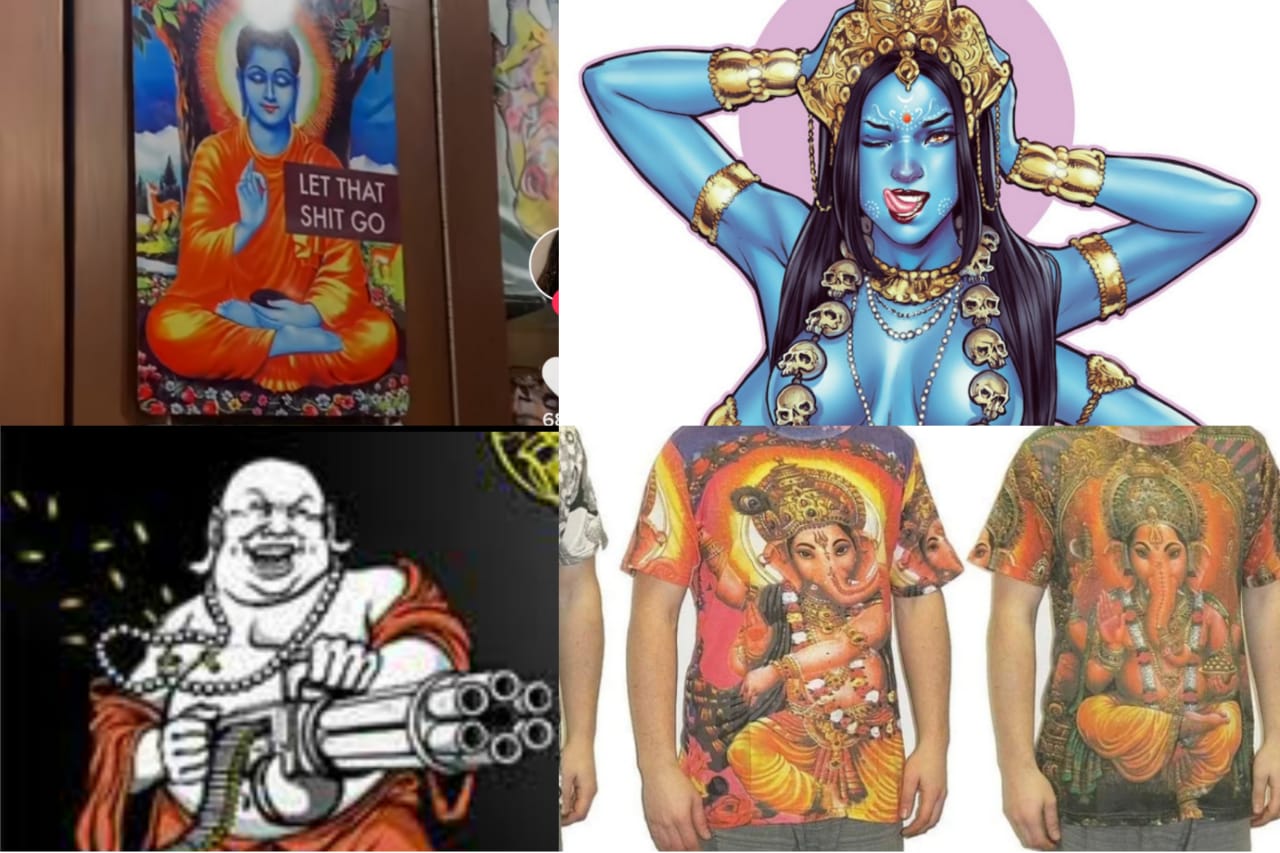 Thirsty for JUICE content? Quench your cravings on our Instagram, TikTok and WhatsApp
Thirsty for JUICE content? Quench your cravings on our Instagram, TikTok and WhatsApp
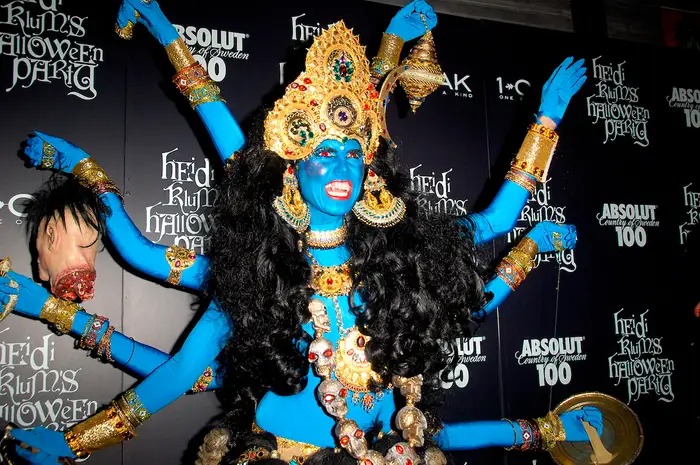
If the sight of Kali Ma Halloween costumes and inappropriately placed religious tattoos irk you deeply, you’ll probably resonate with what I’m about to say next. Why and how did misusing religion become such a widespread trend?
And why are Dharmic religions (Hinduism, Buddhism, Sikhism and Jainism) so frequently targeted? What is it that disqualifies them from being deserving of respect? I would never say that other faiths are immune from this, but as this is an opinion piece, I’ll speak on my experience as someone born to a Hindu mother and Buddhist dad.
What is a Dharmic religion?

Generally, what sets Dharmic practices apart from other beliefs is the common concept that a individual’s condition and experiences in life rely on the karma of their past lives, also shaping their personal cycles of birth, death, and rebirth. But is this what draws people to our culture and implores them to frame photos of Buddha alongside the words “Let that shit go” onto their walls? I don’t believe so.
The role of cannabis in Dharmic faiths
To be frank, it’s obvious that non-devotees are usually intrigued by the tolerance of cannabis in religious contexts, by certain groups especially across India where these 4 faiths are very familiar. I believe this is the primary contributor to people deeming our religions “open-minded” and “chill”.
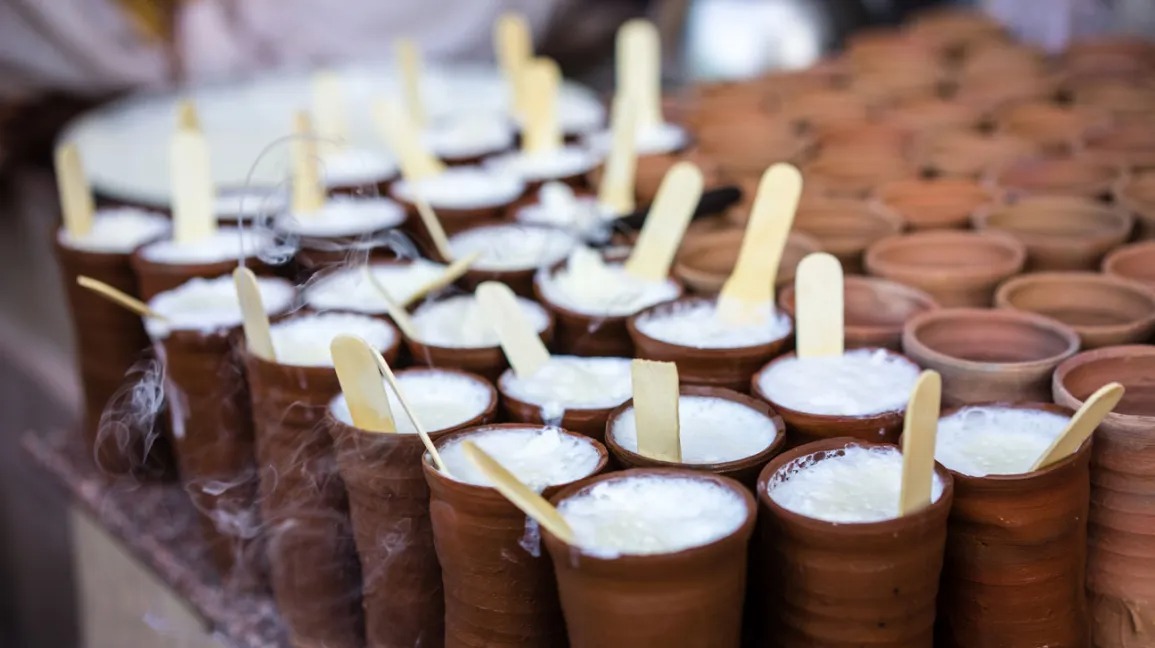
On special occasions, Jains consume bhang, an edible concoction formed from the female cannabis plant’s buds, leaves, and flowers. In a religious setting, some Sikhs, especially those from the Nihang group, utilise edible cannabis. They consume a tiny dose of cannabis, which is typically insufficient to render anyone intoxicated.
Cannabis is also listed as one of the five most sacred plants on Earth in the Atharva Veda, one of Hinduism’s four sacred books. It is described as a “spring of enjoyment” and a “liberator” in the text; whereas in Buddhism, the therapeutic value of marijuana is widely acknowledged.
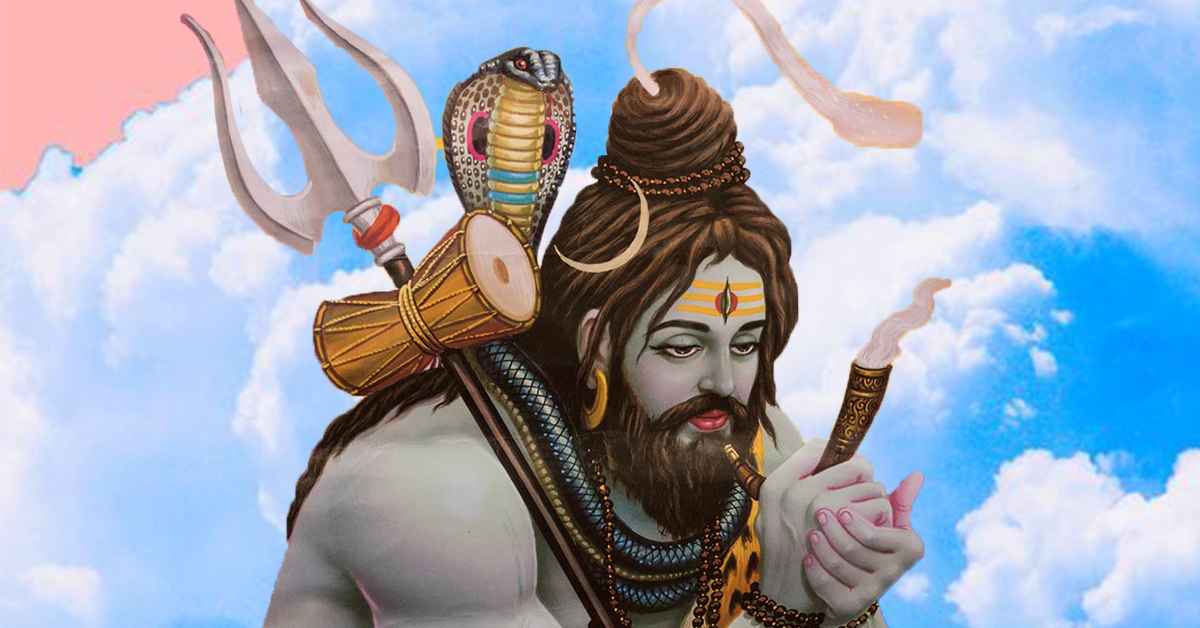
This is most likely what motivates all those edits of Dharmic Gods with joints in their mouths and bloodshot eyes.
The problem is that these are merely aspects that come with practicing the faith, not leeway to smoke pot in the name of religion. Even then, consuming weed is never done in the name getting high enough to forget your name, and practicing the belief of one religion while not caring for its actual context and other aspects is just making a mockery out of it and yourself.
If you’re unsure of how cannabis is linked to a certain creed, it’s always a good idea to do your research before presuming that it’s all fun and games. For example, in Hinduism, a deadly poison known as ‘Halahal’ was discharged during the Samundra Manthan (churning of the ocean) that was so venomous that it could destroy the entire world. Lord Shiva ingested the deadly poison entirely on his own to prevent that from happening, and then the gods gave him bhang to soothe him.
That’s just one example, but I hope it’s enough to explain why choosing your area of worship based on its acceptance of marijuana is inappropriate. You can’t just stuff your face in a bong and call it a day.
Using the religion commercially is just contradicting your faith
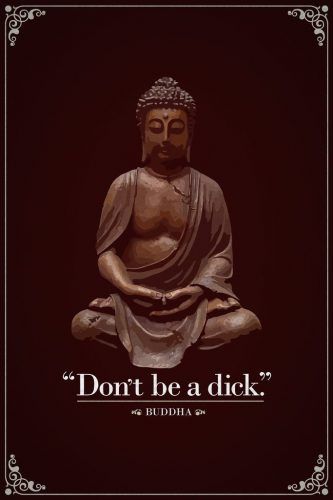
I shouldn’t have to talk about why printing these images on T-shirts and getting similar tattoos are generally not cool, but this is actually restricted in all 4 faiths. Using deities for decorative purposes is explicitly considered a major no-no, and it’s surprising how many people don’t know this. If you really want to incorporate religion into your furniture, be mindful of what kind of images you’re putting up, where you’re putting them, and your intention behind it.
If it’s a certain teaching you admire, maybe just stick to scripture art. With appropriate wording. It’s not that hard. Pro tip: If the item you’re buying is listed with the word “hippie”, it’s probably not a good idea.
The sexualisation of Hindu deities
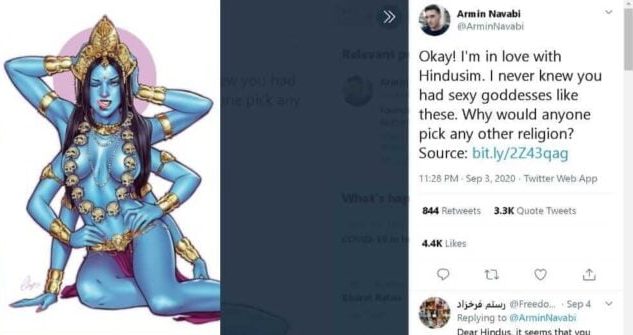
Apart from that, I hate to say it, but the appearance of Hindu deities have been consistently sexualised by people throughout the years. Marital sex is regarded as divine, and the pleasure that comes with lovemaking is unapologetically acknowledged.
Most Hindu temples also portray female deities with their breasts exposed. These aren’t sexual organs, but that doesn’t protect our Gods from being fetishised and reduced to venereal objects. We have Playboy magazine and close-to-porn calendars made with consent yet people still choose to get off to Hindu goddesses.

Before you ask, there’s a reason behind the nudity you see at these temples. In the divinity of Hinduism, being naked represents the highest kind of renunciation (in Hindi, “tyaga”). First and foremost, it is believed that nakedness the form in which nature created us and thus represents our true identity. The deities are sometimes also displayed nude since “the infinite cannot be covered by anything finite”, and that includes clothing.
Understanding the Kama Sutra
I liken this with the common misinterpretation of the Kama Sutra. In its essence, the Kama Sutra is an ancient Indian text that is widely known for its discussion of human sexual behavior and pleasure. While it is often associated with sexuality, the Kama Sutra is actually much broader in scope and covers aspects of life such as love, marriage, and social behaviour.
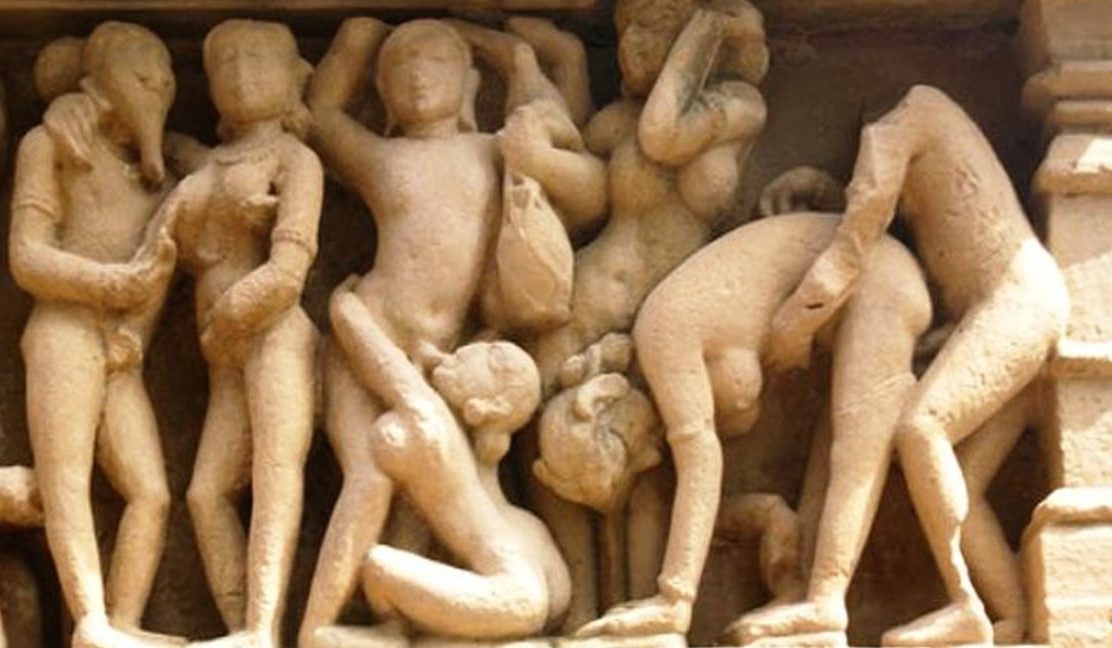
In some cases, people misunderstand or misinterpret the teachings of the Kama Sutra and use it to justify or engage in behaviour that is harmful or unethical. In some cultures, the Kama Sutra has been reduced to a set of sexual positions and is often associated with promiscuity or hedonism. This can, and probably has led to the text being used to justify or excuse sexually exploitative or abusive acts.
It’s important to note that the Kama Sutra should not be used to excuse harmful or unethical habits. Rather, it should be understood in its original context as a comprehensive guide to living a fulfilling life, including in matters of love and sexuality.
The generalisation of the text that is fed to consumers by mass media is also to blame, but this further highlights the need for research in my opinion.
Gender & same-sex relationships in Hinduism
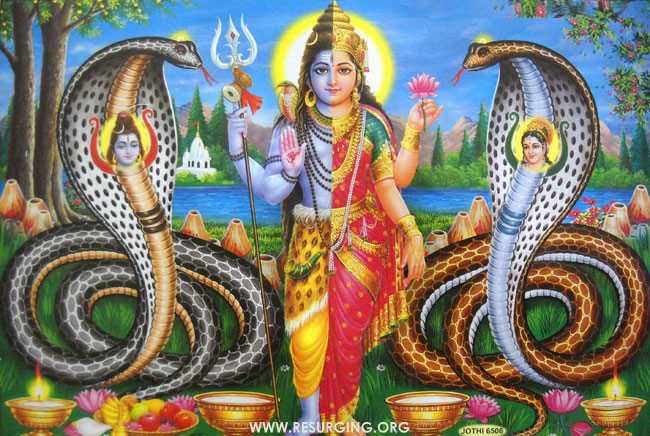
Besides that, along with disregarding the concept of gender, Hinduism also recognises the LGBT+ community. Oftentimes homosexuality/ being an ally will not align with one’s own faith, thus making this another interesting anomaly where Hinduism is concerned.
It’s important to connect with the doctrines of your faith, and more than okay to resound or adopt the teachings of others, but the fine line between appreciation and making an accessory out of credence is where the issue lies.
Many seek refuge in Dharmic faiths for their perceived leniency and ‘coolness’, and while there’s no shame in craving understanding from a divine point of view, sometimes a little research and respect is all it takes. Disregard for culture doesn’t lose its vileness just because it’s normalised, plus there’s always room for knowledge and improvement.
I suggest standing by 4 basic principles: context, morality, placement, and intention.
Feat image courtesy of Armin Navabi, IndiaMART , @elishaaaac on TikTok & a deleted Reddit post.


 Get Audio+
Get Audio+ Hot FM
Hot FM Kool 101
Kool 101 Eight FM
Eight FM Fly FM
Fly FM Molek FM
Molek FM

